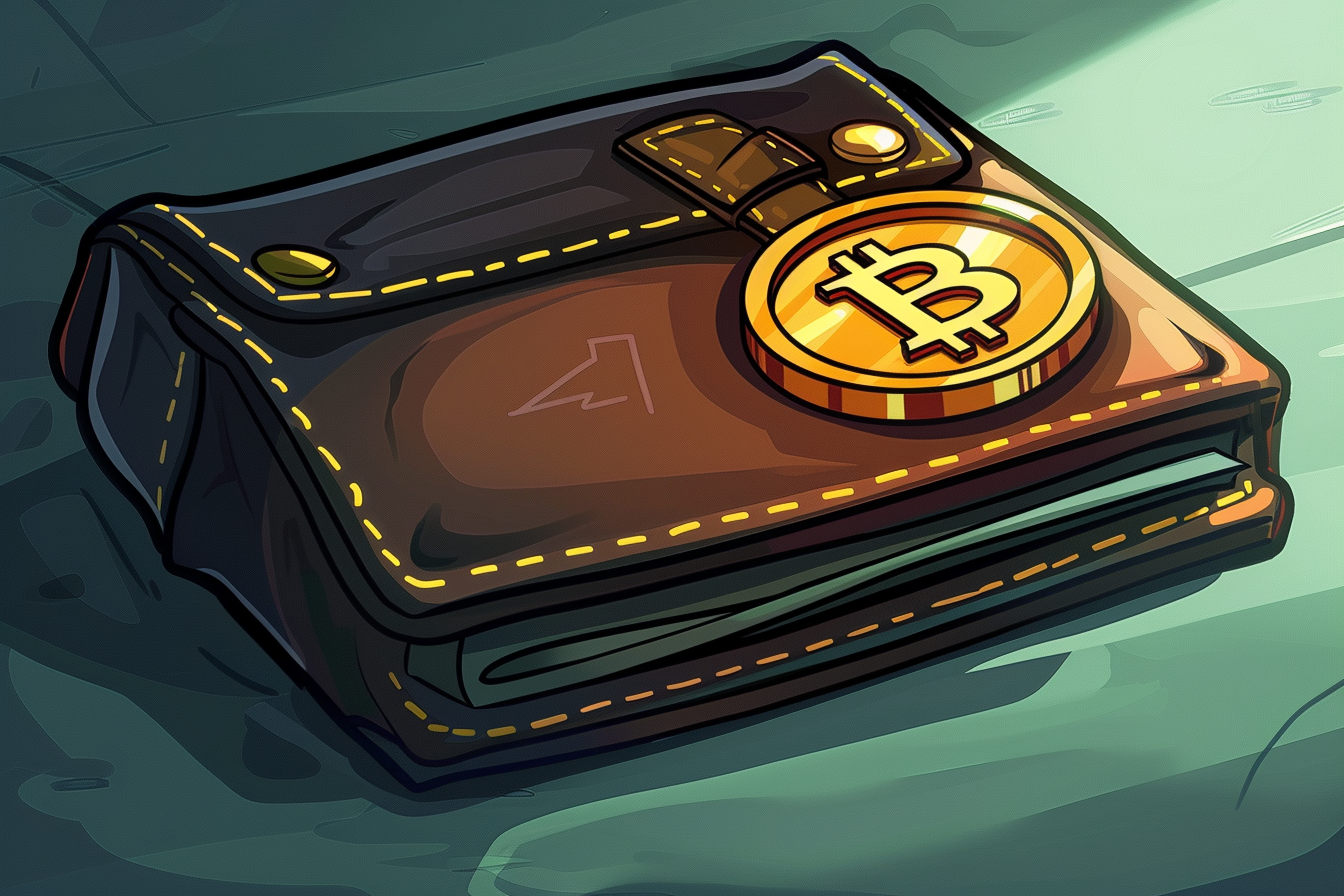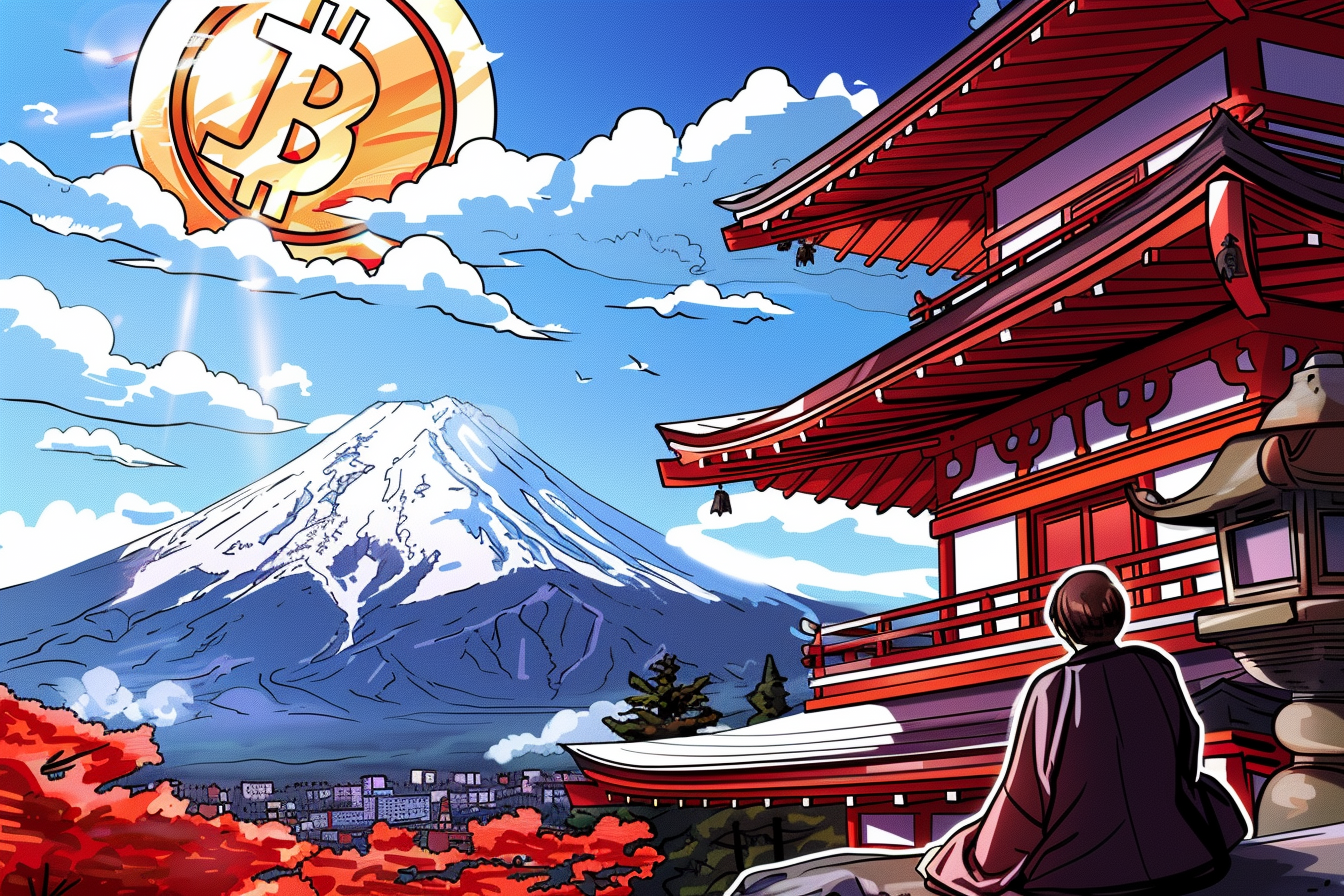Table of Contents
India's G20 presidency priorities include mutual cooperation in cross-border payments and innovation in payment technology.
The country's ambitions are to make the rupee trade mechanism a global phenomenon and improve the currency's appeal.
In a first step towards it, India's central bank has now signed an agreement with its counterpart in the UAE to explore cross-linking their digital currencies.
A country's digital currency, the Central Bank Digital Currency (CBDC), is different from cryptocurrencies, although the workings are similar.
India has been leading the innovation in payment technology with its Unified Payment Interface (UPI) technology and now the focus is on the digital rupee. It's a matter of great pride for India that the Reserve Bank of India (RBI) has already tested its digital rupee with merchants in the country.
The pilot project seems a success as India is now seeking cross-border cooperation to enhance the use of CBDC mutually with other countries.
India's CBDC a game changer
Among the several benefits of the CBDC, one of them is that it can be cross-linked to make payments in rupees, something the Indian government has been exploring with Russia as it looks to buy discounted oil.
With sanctions by Western countries on Russia after it invaded Ukraine over a year ago, trading with Moscow has become a difficult proposition. Broadly, Russia has been cut off from international payment systems. So countries that currently trade with Russia have had to come up with innovative ways to overcome that problem.
India has been using UAE-based traders to buy its oil from Russia and those settlements are currently being done in UAE's currency, the dirham. The country has proposed making trade settlements in Indian rupees, but the government's larger vision is to make the rupee a global trade currency.
While countries like Russia, Iran and Bangladesh have expressed interest in trading in rupees, the Indian currency is still a distance away from challenging the likes of the US dollar, British pound or the euro.
That's why cross-linking India's CBDC with other countries' CBDCs may just be the game changer.
And RBI's agreement with UAE's central bank may just be the first step in that direction, and a significant one at that.
According to a joint statement released, the two countries will jointly pilot a bridge to facilitate cross-border transactions. That lines up with India's push for a rupee-trade mechanism.
De-dollarizing global commerce
An MOU signed between the two countries said they will explore the interoperability of CBDCs, collaborate on developing fintech, work on a proof-of-concept, and jointly conduct a pilot of CBDC bridge payments.
As more and more nations move towards de-dollarizing global commerce, the Indian rupee is inching closer and closer to becoming a currency that is accepted internationally.
Several countries have expressed an interest in making it easier to engage in international trade using INR, and the RBI has granted approval for the opening of sixty special rupee vostro accounts in 18 countries, including Russia and Sri Lanka.
This will make the process go more smoothly.
Bhagwat Karad, India's Minister of State for Finance, informed parliament that according to the records, the RBI had granted approval to "domestic and foreign AD (Authorised Dealer) banks in 60 cases for opening Special Rupee Vostro Account (SRVAs) of banks from 18 nations" for the purpose of settling payments in Indian rupees.
The minister added that Russia has been particularly outspoken among the 18 nations in its support of local currency trading as part of a broader effort to "de-dollarize" international transactions.
Yet, he said, India has been strongly advocating for commerce in local currency as a means to increase exports.
The 18 countries that have been allowed to trade in Indian rupees are Russia, Singapore, Sri Lanka, Botswana, Fiji, Germany, Guyana, Israel, Kenya, Malaysia, Mauritius, Myanmar, New Zealand, Oman, Seychelles, Tanzania, Uganda and the UK.
That unequivocally shows that the process of settling foreign commerce in Indian rupees has advanced significantly.
Details of Special Rupee Vostro Account or SRVA
The RBI announced comprehensive instructions for the use of the Indian rupee in international commerce in the month of July of last year, marking the beginning of the SRVA process (INR).
Authorized banks in India will need to open and maintain SRVAs of their trading partners' banks in order to settle trade using the new procedure.
The foreign company's holdings in the Indian bank are held in these accounts denominated in Indian Rupees. This vostro account is credited when an Indian importer pays a foreign dealer in rupees.
To the same effect, when an Indian exporter is owed payment in rupees for shipped products or rendered services, funds will be transferred from the vostro account and deposited into the normal account of the Indian exporter.
Holders of SRVAs may put any unused funds into Indian government bonds. The RBI has made this service available to promote the new system.
Rupee a Global Reserve Currency? Still a Long Shot
Economist and financial expert Nouriel Roubini had predicted that the rupee would eventually join the ranks of the world's reserve currencies.
Roubini, who is known for his pessimistic forecasts, recently warned that the US dollar is gradually losing its competitive edge, despite the fact that no other currency has yet shown capable of knocking the US dollar off its pedestal.
Nicknamed "Doctor Doom" by Wall Street, Roubini in an interview with an Indian media outlet had said: "One can see how the rupee could become for some of the trade that India does with the rest of the world, especially South-South trade could become a vehicle currency."
"It (Indian rupee) could be a unit of account, it could be a means of payment, it could become a store of value. Certainly, the rupee over time could become one of the variety of global reserve currencies in the world," the economist said.
While India has been making exciting innovations in its domestic financial system, it is also looking to create new milestones in its monetary aspirations by attracting developed nations too for collaboration.
This could just be the tip of the iceberg for India which has established itself as a global hub for fintech and payment settlements.
But the next steps will be to make the rupee's appeal truly global. Although, at the moment it seems to be a long shot.
Like what you read? Our weekly Business Bulletin wraps up the most important business and economic developments in the industry, along with macroeconomic views and opinions. To avoid FOMO and access member-only features, click here to subscribe. It's free.







